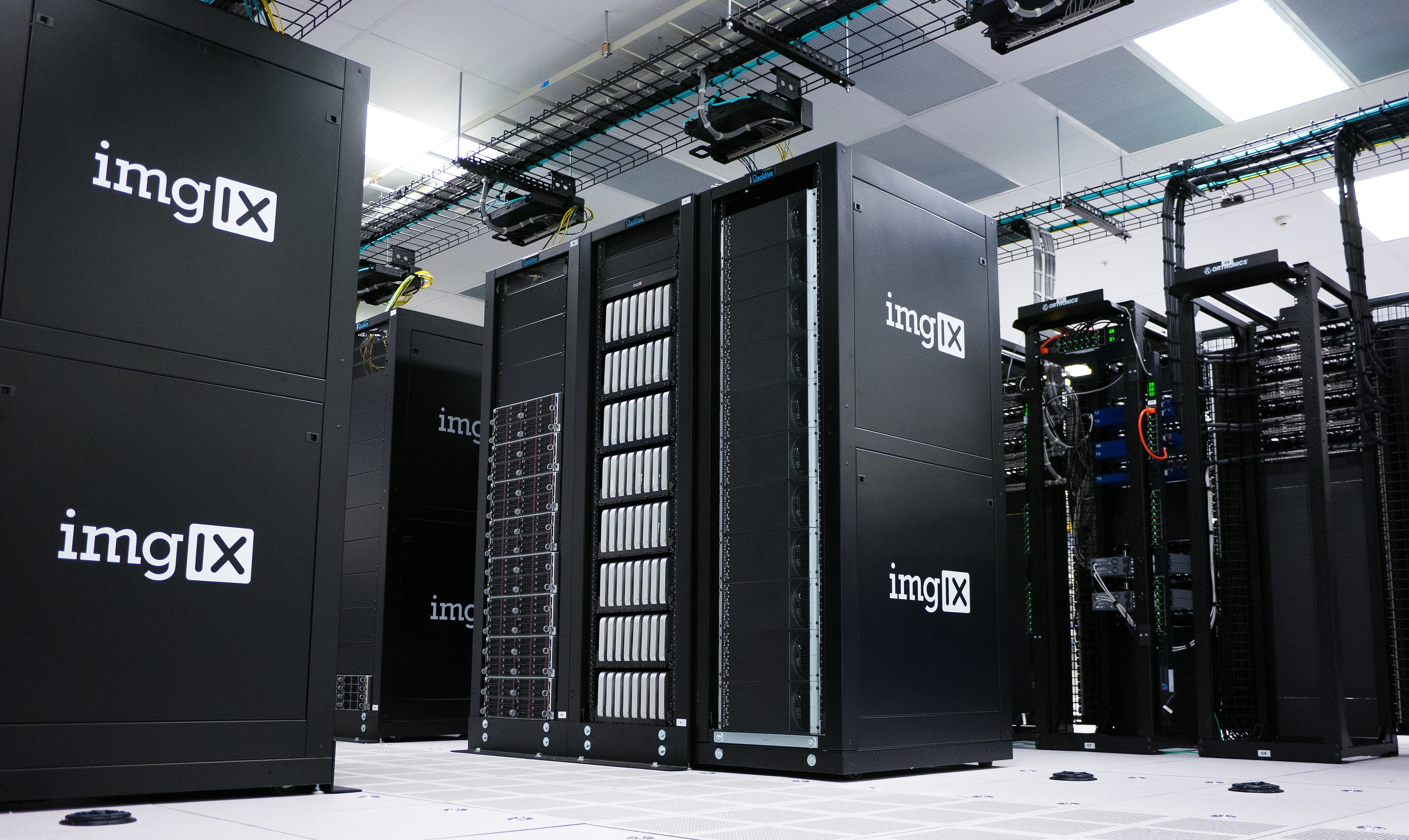
If a disaster strikes your business and your important data is lost, how easy would it be for your business to recover? Could your business keep running if that data was gone, or would you be forced to close your doors until you got it back—if you get it back? How much downtime would you have? How much money would you lose?
These are the kind of questions that a business continuity plan tries to address, finding solutions to potential problems before disaster strikes instead of scrambling to fix things afterwards. Maximizing your business continuity and disaster recovery plans requires putting preemptive solutions in place: your data backup solution being one of the most important.
Difference Between Business Continuity and Data Backup
Let’s be clear. There is a difference. Backing up your data is a crucial part of your business continuity plan, but if it’s the only part of your plan, you don’t actually have a business continuity plan. Data backup is only one part of business continuity, which should be comprehensive and address personnel and company policies as well as the entire IT infrastructure.
Business Continuity and Disaster Recovery
Business continuity and disaster recovery are two sides of the same coin, covering the before-and-after of data-loss. While business continuity includes your plans and policies for data-loss prevention (e.g. back up all PCs at the end of every week, choosing cloud server for backup instead of tapes, etc.), disaster recovery is your plan for how to go about fixing the problem once it occurs. A disaster recovery plan should cover all the steps for how to recover your data from your backup location.
When it comes to acting after a disaster, knowing that your data is backed up is only the first step. In addition to assuring that your data is safely backed up to an off-site server, you should know how to access and restore that data as quickly as possible. Is it stored physically off-site? Who will go get the data? Can you access your data remotely instead?
You will also need to know how long that process will take, and adjust your plan to minimize this downtime as much as possible. Finding the maximum time your business can afford to go without access to your data, and knowing how long the data will take to restore, will let you know how soon after data-loss you will have to put your disaster recovery plan into place.
Choosing a Strong Data Backup Solution
Good data backup as part of your business continuity should do more than just store copies of your files. It needs to be quickly accessible and quickly restorable. You may even want to make sure your data backup solution can restore your data from a bare metal state, letting you restore your data to completely clean hardware—OS, files and all.
Generally speaking, cloud storage is a much safer option for short-term data recovery as it will allow you to access your missing data right away. When it comes to storing data in the cloud, you have the choice of choosing a public, private or hybrid storage. Public storage means you are depending on someone else to maintain the servers that house your data, and that storage resources are shared amongst you and other companies paying for the same service. That can cause issues if the practices of your cloud storage company don’t match with your business continuity needs. On the positive side, it’s much cheaper than private storage, which requires your company to buy and house the server equipment and requires in-house manpower to manage them. Many companies can benefit most from a hybrid strategy, which allows you to spend less on equipment but still maintain some control over how your data is managed.
Ultimately, whatever data backup option you use to maximize your business continuity, it should be the one you’ll actually use. You can have the most comprehensive business continuity plan in the world, but if you don’t follow it or don’t make smart choices about your storage needs, it won’t be an effective defense against data-loss disasters.
